Measure Facts
Measure ['me-zhǝr]
To find or show the size of something.

How big? How tall? How wide? How far? How many? How deep? How hot? How strong? How heavy? How fast? How loud? How much force? How much time? How much change?
So many different questions! But there is one thing all these questions have in common: The answers require that we measure. Measuring means to use numbers to describe a property of something, such as the amount or the size. Science relies on measuring to describe the world around us and to conduct investigations. But scientists aren't the only ones! We all use measurement every day in ordinary life, so it's a great topic to explore.
Why Measure?
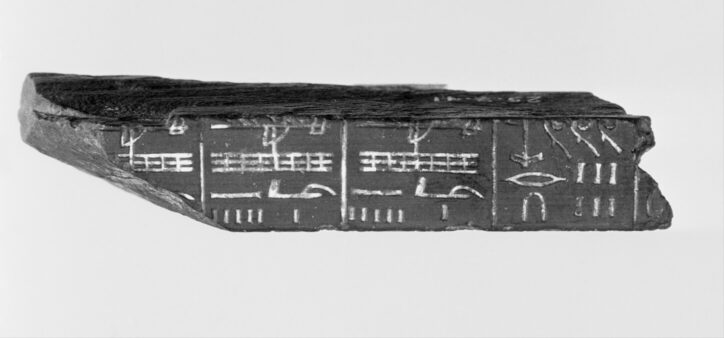

Let's say you wanted to tell a friend how big your dog was, but you didn't know anything about inches or feet. How could you explain it? In the ancient past, people used common objects to describe and explain measurements. Many measurements from this time were based on parts of the body - for example, a cubit was the distance from the elbow to the tip of the outstretched hand. Often people used their hand span or their foot length, or natural objects such as pine cones or ears of corn, to describe size. We can still measure today with objects around us.

You might explain your dog's size by using an umbrella as your measuring tool. You might use your own shoe to measure with and describe your dog as 5 shoes long and 4 shoes tall. Even though these measurements would not be exact, they would give a general idea of size. You could picture in your head the approximate size of a dog that is 4 shoes tall. When describing distance, people often use common terms such as "about three football fields long" or "five blocks away," and those distances are generally understood by others.
But hands, shoes, and umbrellas are not all the same size. Often more accurate measurements are needed. Why? If you are building something, you need to know exactly how many inches or feet to cut the wood, or your project won't turn out right. If you have to take medicine, you need to know exactly how much the doctor wants you to take, or you might get sick. If you are choosing plants for your garden, it's important to be able to measure how hot or cold the air is because some plants can only live at certain air temperatures.
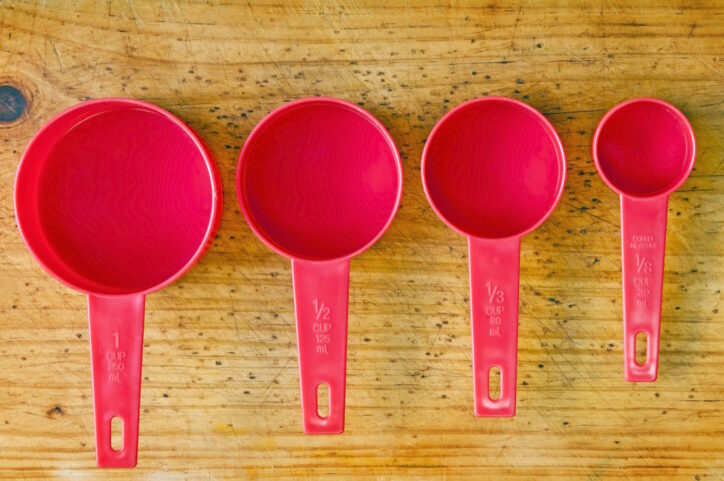
In order to arrive at school when class is beginning, you need to know exactly what time it is, or you could be too early or too late. If you are baking cookies, you need to know exactly how much flour, sugar, and butter to use, or your cookies won't be very tasty. And if you couldn't measure the heat in the oven or the necessary amount of baking time, the cookies might be burned!
A measurement has two parts: a number and a unit. Measurement numbers only have meaning when a unit of measure is also given. If you tell your teacher that your notebook's length is seven, your teacher would ask, "seven what?" You could use wooden blocks or paper clips to measure your notebook, and you can compare it with your friends' measurements as long as they use the same measuring tools. In the example above of measuring your dog, the unit of measurement was a shoe. Blocks, paper clips, pencils, crayons, and shoes are all known as nonstandard units of measure.

But most of the time, properties are described using a number and a standard unit of measurement. When we measure, we determine a certain property of an object by comparing it to a standard. A good example of measurement is using a 12-inch ruler to find the length of a stick. The object is the stick you are measuring, the property you are trying to determine is the object's length, and the standard you are comparing the object's length to is the ruler marked with inches. If you say a stick is four inches long, everyone understands that its length is equal to four one-inch units.
Using the same standard units of measurement helps people to describe properties accurately, to share their measurements with others, and to compare different measurements.
What Do People Measure?

People measure all kinds of things, using different tools or instruments to help them. Length (how long), width (how wide), and height (how tall) are often measured with rulers or measuring tapes. Temperature (how hot) is measured using a thermometer. Weight (how heavy) is measured using a scale. Capacity means how much a container can hold, and volume refers to how much of something fits into a container, or how much space it takes up. These are often measured with a measuring cup or pitcher.

Time is measured using clocks or stopwatches. Measurement instruments often have a series of numbered marks that correspond to standard units. Some modern electronic measuring instruments have digital readouts that display the number for you.
So many things can be measured! Doctors measure the amount of certain chemicals in your blood to see if you are healthy. Weather scientists measure air pressure, wind speed, and wind direction to predict and describe storms. Biologists measure the populations of animals in various habitats to learn how different species in an ecosystem are doing. Devices in cars measure speed and fuel levels to help people drive safely. Power and water meters in our homes measure how much we consume so that we can pay correctly for the resources we use.
There are many different units of measurement that are used in science, and the unit used will depend on what is being measured. Electrical current is measured in amperes. The basic units of measuring time are the second, the minute (60 seconds), and the hour (60 minutes.) Temperature is measured in degrees.
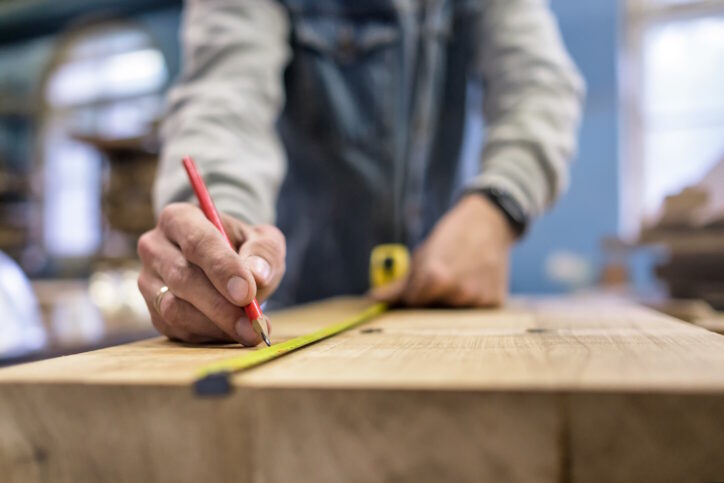
The most commonly used units are those that measure length, weight, and volume. In the United States, we use what are known as customary units or U.S. standard units. Short lengths are measured in inches. Longer lengths may be measured in feet, yards, or miles. Weight is measured in ounces, pounds, and tons. Volume is measured in fluid ounces, cups, pints, quarts, and gallons. Temperature is measured in degrees Fahrenheit, a scale where water freezes at 32 degrees.
US Customary Units
Length
• 1 foot = 12 inches
• 1 yard = 3 feet = 36 inches
• 1 mile = 1,760 yards = 5,280 feet = 63,360 inches
Weight
• 1 pound = 16 ounces
• 1 ton = 2,000 pounds = 32,000 ounces
Volume
• 1 cup = 8 fluid ounces
• 1 pint = 2 cups = 16 fluid ounces
• 1 quart = 2 pints = 4 cups = 32 fluid ounces
• 1 gallon = 4 quarts = 8 pints = 16 cups = 128 fluid ounces
However, most of the world uses another system of measuring units, known as the metric system or International System of Units (SI). This is the system of measurement units used by scientists all over the world. Only three countries have not adopted the metric system: the United States, Liberia, and Myanmar. Even in the United States, science and medicine use the metric system exclusively.
The Metric System
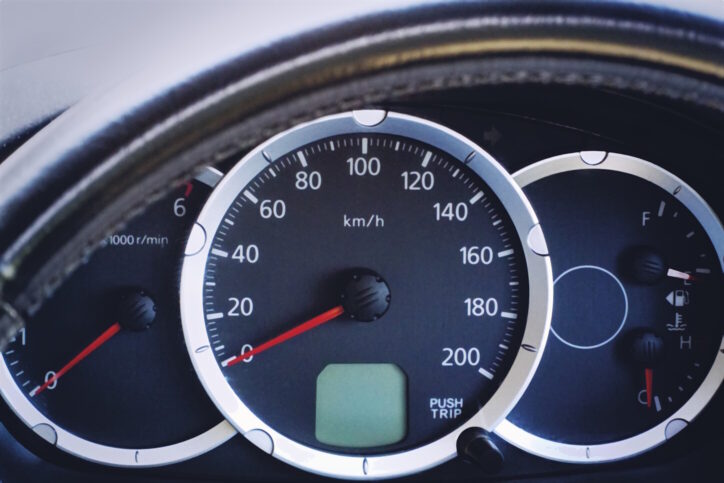
In the American system, the number of smaller units equal to a larger unit varies. For example, there are 12 inches in a foot, and 16 ounces in a pound, and 4 quarts in a gallon. But in the metric system, everything is based on 10 or multiples of 10. Once you get used to it, it's an easy system to use.
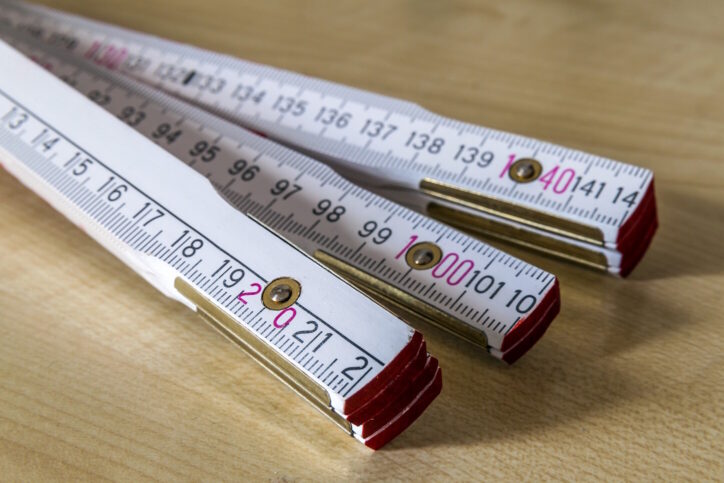
The basic unit of length in the metric system is the meter (m). (To compare, a meter is about 39 inches.) 10 millimeters (mm) equal one centimeter (cm),
100 centimeters make up one meter, and 1,000 meters is one kilometer (km). With some practice, it is easy to convert large and small numbers within the metric system. For example, knowing that there are 1,000 meters in a kilometer, you can easily change 4,000 meters to 4 kilometers.
The basic unit of volume is the liter (l). (To compare, it would take 3.8 liters to make up a gallon.) There are 1,000 milliliters (ml) in one liter. One milliliter is about 20 drops of water.
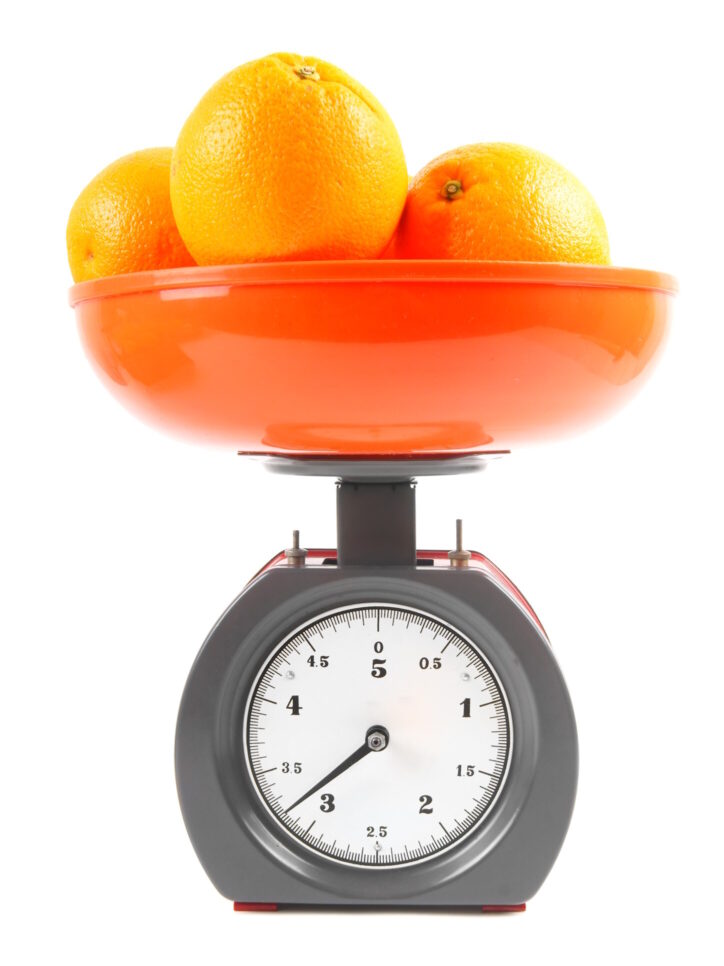
The basic unit of weight or mass is the gram (g). A paper clip weighs about one gram. 1,000 milligrams (mg) make up one gram. There are 1,000 grams in a kilogram (kg). (To compare, a kilogram is about 2.2 pounds.) Measuring a human's mass in grams would not make much sense because it would be such a large number. Instead, we use kilograms because it is easier to say that a person has a mass of 90 kilograms than a mass of 90,000 grams. For very heavy things like cars, 1,000 kilograms is 1 metric tonne.
Metric Units
Length
• 1 centimeter = 10 millimeters
• 1 meter = 100 centimeters
• 1 kilometer = 1000 meters
Weight
• 1 gram = 1,000 milligrams
• 1 kilogram = 1,000 grams
• 1 tonne = 1,000 kilograms
Volume
• 1 liter = 1,000 milliliters
Scientists measure everything from the width of a galaxy to the mass of an atom. For very big and very small things, there are other units within the metric system. Different prefixes indicate the size of the unit.
| Name | Number | Prefix |
|---|---|---|
| trillion | 1,000,000,000,000 | tera |
| billion | 1,000,000000 | giga |
| million | 1,000,000 | mega |
| thousand | 1,000 | kilo |
| hundred | 100 | hecto |
| ten | 10 | deca |
| unit | 1 | |
| tenth | 0.1 | deci |
| hundredth | 0.01 | centi |
| thousandth | 0.001 | milli |
| millionth | 0.000 001 | micro |
| billionth | 0.000 000 001 | nano |
| trillionth | 0.000 000 000 001 | pico |
These very large and very small units are rarely used in everyday life, but this chart shows how easy it is to work within the metric system, and the numbers are fun to say. Just take the basic units (meter, liter, and gram) and add the prefixes. For example, a megaliter is one million liters. A nanosecond is one billionth of a second. One thousand meters is a kilometer, and a microgram is one-millionth of a gram.
In the metric system, temperature is measured in degrees Celsius, where water freezes at 0 degrees and boils at 100 degrees. Time is measured in seconds, minutes, and hours, just as in the U.S. system described above.
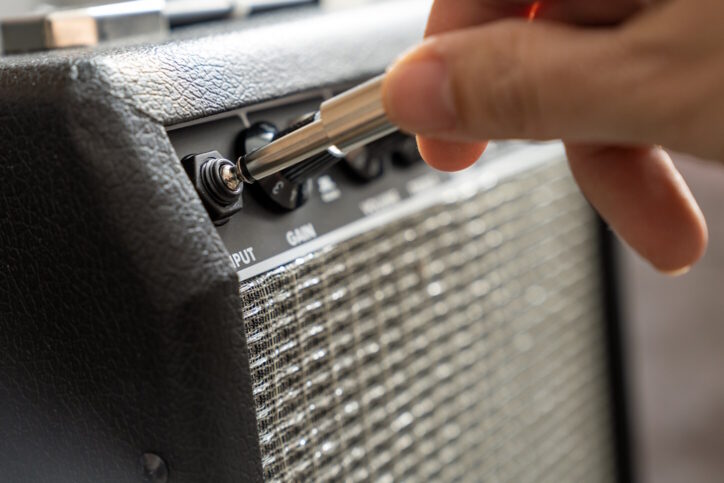
Many other units of measure are derived from these basic metric units of measurement. For example, square meters measure flat surfaces, while cubic meters measure volume. Speed may be measured in kilometers per hour or meters per second. Other examples: Electrical power is measured in watts, loudness may be measured in decibels, and a light's brightness may be measured in lumens. The weight of a diamond is measured in carats. Distance in space is measured in light-years. All of these units are derived from basic metric units.
In the United States, we often use the metric system along with our customary units. There are many advantages to the metric system; it is much easier to make calculations and it is understood all over the world. Even in America, all scientists and medical workers use metric measures. Sports such as swimming and track use the metric system for race lengths. Because it is used in all other countries, the U.S. uses the metric system in international trade. Most U.S. rulers show both inches and centimeters, and many scales measure in both pounds and kilograms. Many water bottles and measuring cups indicate both ounces and milliliters, and often thermometers show the temperature in both Fahrenheit and Celsius. It is good to become familiar with the metric system since it is the language of science all over the world. Learn more about the metric system.
Accuracy and Error
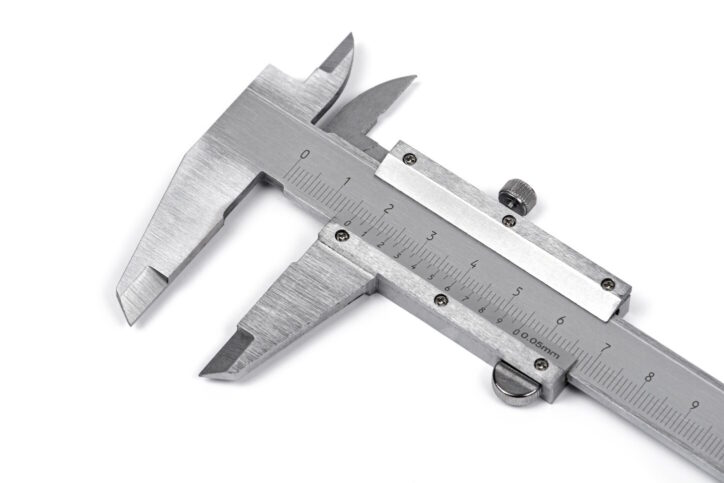
When measuring, we strive to be as accurate as possible. Measuring instruments are calibrated by the manufacturers to make sure they are accurate. Accuracy refers to how close a measured value is to the actual or true value. Precision is how close repeated sets of measured values are to each other.
Often when we measure, we round the number to the nearest unit. If we are measuring a notebook using a ruler marked with inches, and we find the notebook is a little less than 8 inches, we will say it is "about eight inches." But our measure would be more accurate if we measured in fractions of an inch, such as quarter-inches or eighth-inches. Generally, the smaller the unit of measure, the more accurate the measured quantity will be. Accurate measurements are very important in building, cooking, science, and medicine.
Scientists try to avoid errors in measurement by following the correct procedures for using measuring tools and by measuring multiple times. Learn more about accuracy and error.
Fun Facts
It is interesting to learn the stories behind the names of some units of measure.
- The mile gets its name from the Latin term "mille passus," which means "a thousand paces.
- A ship's speed is measured in knots. A knot is one nautical mile per hour. The word comes from a method sailors used to calculate speed hundreds of years ago. A long rope with knots tied into it at equal intervals was tossed behind the ship and allowed to roll out into the water for 30 seconds. Then the number of knots that had gone over the ship's stern was counted.
- Force is measured in newtons. One newton is the force required to move one kilogram of mass at a certain rate. This word honors Sir Isaac Newton, a brilliant scientist from the 1600s who developed the laws of motion.
- Horsepower is a measure of power or the rate at which work is done. The word comes from the efforts of early inventors to show how much more work could be done with the superior power of engines compared to the power of horses. The horsepower unit is still used to describe engine power in cars and lawnmowers. A donkey power is one-third of a horsepower!
People measure all kinds of things. Here are some unusual units of measurement:
- platonic year - a unit in astronomy measuring the time required for planets to align
- boat length - a length of 62 feet, used in judging rowing races
- nybble - a very small unit of information that can be stored on a computer
- parsec - a unit used in astronomy to measure great distances between stars
- smoot - length of a man named Oliver Smoot (67 inches), first used to measure Harvard Bridge in Boston, Massachusetts (364 smoots)
- hand - a length of 4 inches, used in measuring the height of horses
- wiffle - a sphere the size of a wiffle ball (diameter 3.5 inches), used by ocean scientists to measure undersea coral
- Mickey - length of the smallest movement of a computer mouse
- dog year - one-seventh of a calendar year
- Sagan - defined as 4 billion, named after astronomer Carl Sagan. There are nearly 100 Sagan (400,000,000,000) stars in the galaxy.
- scoville - measure of the hotness of a chili pepper
- hobo - measure of how bad something smells
- garn - NASA's unit of measure for nausea sickness in space
- Big Mac index - a scale comparing the purchasing power of different countries' money measured in terms of the cost of a Big Mac hamburger
Fun Links
Try out these short Crash Course For Kids segments for a fun review of measurement. Part 1 is Hunting for Properties and Part 2 is Measurement Mystery.
Number Rock Songs make learning about measurement fun. You'll soon be singing along! Take a look:
Math is Fun: Measurement is a great interactive website to help you learn all about measuring: length, volume, weight, temperature, time, speed, and direction. Try out Measuring with Maggie (in both US Standard Units and Metric Units) and then take the quizzes.
How Do You Measure Up? from PBS Kids shows how measurement is used by just about everyone, at home and on the job.
What is the difference between weight and mass? Learn more about measuring with scales and balances.
In Measuring Matter, Matt is moving to a new home and needs to figure out how to fit things in his bedroom. Measuring volume and mass helps him get the job done.
Why do scientists use the metric system? What are its advantages and disadvantages? Find out from Sciencing.
To make it easier to go from one measuring system to another, check out these interactive measurement tools: the Unit Conversion Tool and the Interactive Thermometer.
